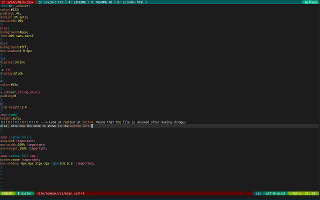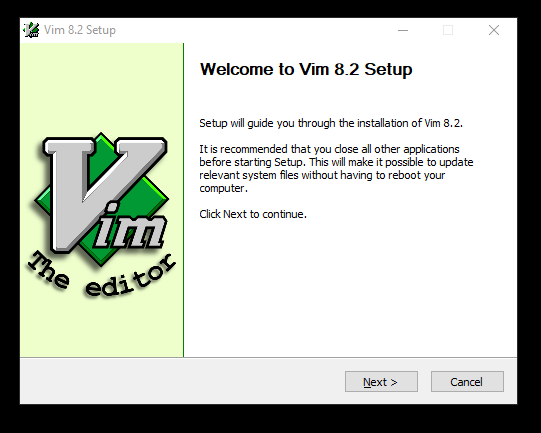

To truly gain the benefits of VIM, organisations should have a centralised invoice process. There needs to be a good sample of paper invoices used to train OCR to help improve the extractions results before Go-Live. Because the more customisations may directly lead to an increase in technical system support costs as well as increased costs and time for system upgrades. There should be a strong emphasis on having the minimal amount of customisations in the VIM design as possible. Storing all invoice document on the SAP database could have major performance impact on other processes in SAP. There should be a thorough review of current and anticipated invoice volume including any additional supplement documents that suppliers may send along with their invoices.

Some customers may feel a separate archive system is not required and choose to store all invoice documents on the SAP database. VIM is based on SAP standard workflows, so Basis support maybe required to smooth out any potential bottlenecks and ensure efficient system performance. i.e who is responsible for scanning the paper invoice sent in the mail, who should validate the scanned invoices and the OCR extraction results? To maximise the zero touch approach as much as possible, a customer organisation structure for scanning & OCR validation should be in place.

Implementing Vendor Invoice Management (VIM)

VIM is an Opentext product which is embedded in the SAP ERP system.


 0 kommentar(er)
0 kommentar(er)
